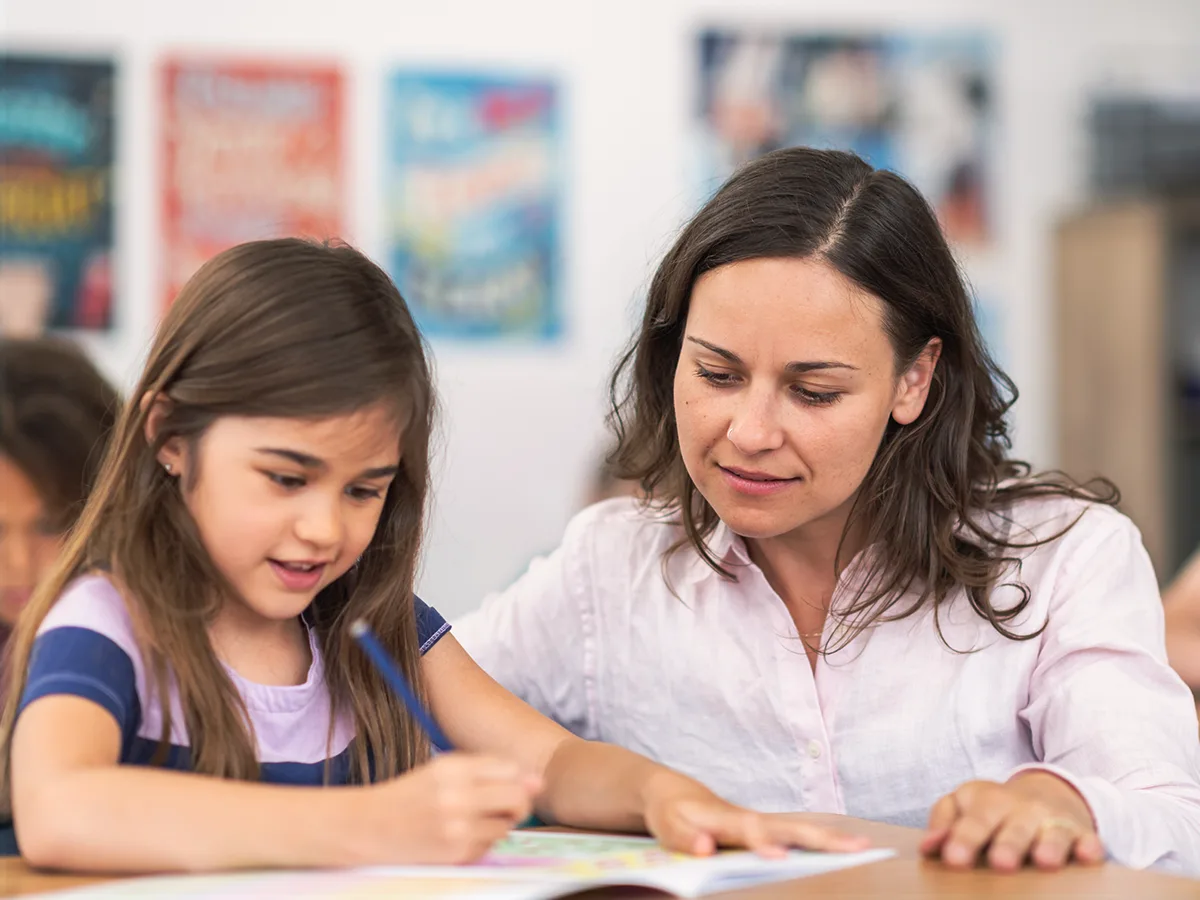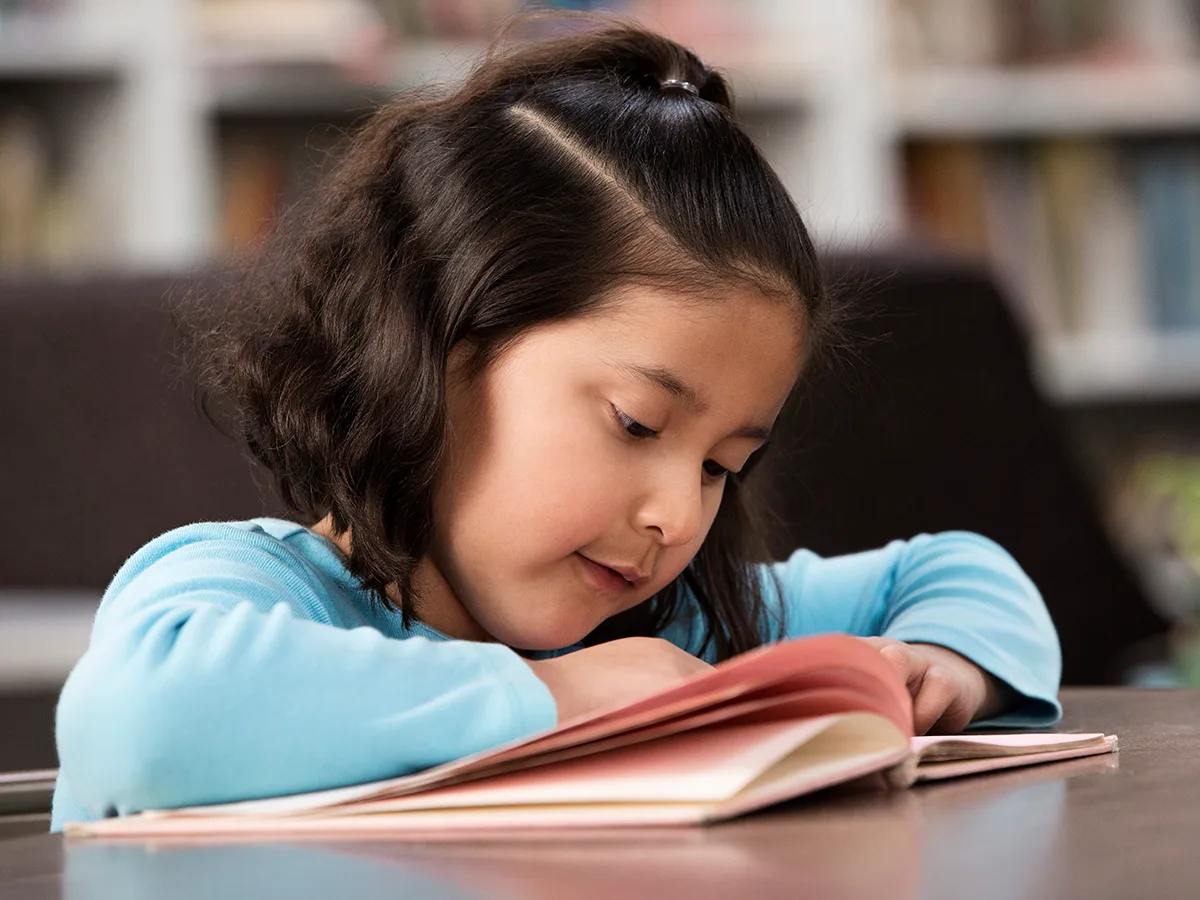FAQs about standards-based IEPs

At a glance
Your child’s IEP is supposed to be standards-based.
This means that the IEP aligns with the academic standards for your state.
The services, supports, and accommodations in the IEP should help your child reach these standards.
If your child has an IEP or is getting one, it’s supposed to be standards-based. This means that the IEP aligns your child’s learning needs and goals with the academic standards for your state. State standards lay out what students are expected to learn in math, reading, science and other subjects by the end of each year.
Here are some frequently asked questions about standards-based IEPs.
What’s the reason for using standards-based IEPs?
Students who learn and think differently may be working below grade level in some subjects. Standards-based IEPs let them to work with grade-level content. They can aim to achieve at the same level as their peers. And they can stay on track to graduate with a regular high school diploma, which is required for many jobs and colleges. Without a standards-based approach, students may be left behind academically.
Standards-based IEPs also help everyone on the IEP team — like teachers, parents, and specialists—get and stay on the same page. This encourages the team to talk about what kids are expected to learn in each grade and how to help them get there. The team can then work together to figure out the right IEP goals and the right services and supports.
Is my child’s IEP required to be standards-based?
Yes. In the past, some schools used IEPs that weren’t tied to grade-level standards. But in 2015, the U.S. Department of Education issued a guidance letter that made it clear that all IEPs must be tied to state academic standards. That includes IEPs for students who learn and think differently. View a PDF of the letter.
In fact, if a school doesn’t tie a child’s IEP to state standards, it would be violating that child’s legal right to a free appropriate education (FAPE). The only exception is for students with significant cognitive disabilities. These students may have IEPs tied to alternate academic standards.
Is my child’s entire IEP tied to state academic standards?
Yes. An IEP is a blueprint for your child’s experience in school, so the entire thing needs to match up with state standards. Every IEP has a few key parts:
Your child’s present level of performance
Annual goals for your child
Special education supports and services to help your child reach those goals
Accommodations and modifications to help your child make progress
Measurements for your child’s progress toward the goals
In a standards-based IEP, each part is aligned with state academic standards. Let’s say your child has . The present level of reading performance is measured by what grade level your child is reading at. Annual goals are written to meet standards for your child’s grade. And any services, supports, and accommodations aim to help your child meet those standards.
Can my child’s IEP goals be tied to standards for a different grade?
No. The guidance letter is very specific about this. A child’s IEP goals must align with “the state’s academic content standards for the grade in which the child is enrolled.”
So if your child is in the sixth grade, but reads at a fifth-grade or even a third-grade level, the IEP goals must still be tied to the standards for the sixth grade.
But kids usually don’t struggle with all subjects to the same extent. IEP goals should allow kids to catch up in areas where they’re behind. Kids should get accommodations to allow them to learn grade-level content where they’re able to.
If my child is far below grade level, will he have to close that gap in one year?
No. Just because the IEP goals are based on state standards for your child’s grade doesn’t mean your child has to achieve grade level in that year. Your child just needs to show steady progress toward achieving it.
The idea behind standards-based IEPs is to hold students to the same standards as their peers. And they should get the support they need to reach those standards, even if it takes a while.
According to the guidance letter, goals must be “ambitious but achievable.” They should aim to close the gap between your child’s performance and grade-level standards. But they also need to be realistic.
Let’s say you have a sixth-grader with dyslexia whose reading fluency is at the second-grade level, but whose listening comprehension is at grade level. In this case, the goals should aim for more than a year of progress in reading fluency in one year. The goal is to have your child catch up.
The IEP should provide for special reading instruction and support to help your child make progress. At the same time, it should give accommodations, like text-to-speech and audiobooks. The point is to make sure that poor reading fluency doesn’t stop your child from learning sixth-grade content in other subjects, like science and social studies. (See examples of IEP goals for reading.)
What happens if my child doesn’t eventually meet the standards in a certain area, even with supports?
By law, kids aren’t obligated to reach all the standards. Rather, the law requires that schools give kids the support to enable them to do that.
With the right support, most kids who learn and think differently can reach grade-level standards in all academic areas. But even if they don’t close the gap in one area, they would still get accommodations to help them achieve grade level in others.
Many thriving people who learn and think differently have progressed in this way. One example is Laura Schifter, who earned a PhD at Harvard. Her reading fluency is at the eighth-grade level, and she uses text-to-speech for everything but simple emails.
If my child’s IEP is individualized, why does it have to adhere to a set of standards?
The law says the academic standards or expectations are the same for all kids. That’s true whether or not they have IEPs. But the IEP is a unique, individual path for a student to reach those standards. It helps level the playing field.
The idea behind standards-based IEPs is that given the right support, most kids should be able to achieve the standards.
Tying IEPs to standards doesn’t replace making individualized decisions in the IEP process. The IEP team must consider how your child’s learning and thinking differences affect progress in school. The team must also look at what individual supports, services and accommodations will help your child meet the standards.
The team can also incorporate your child’s individual strengths into the IEP. In fact, an IEP can be both standards-based and strengths-based.
Navigating your child’s IEP can be confusing. If you’re concerned your child’s IEP isn’t standards-based, talk to the IEP team. Learn more about how to stay on top of your child’s IEP. And get tips on how to talk to your child’s teacher about supports and services.
Key takeaways
An IEP must be tied to the academic standards for your child’s grade.
IEP goals must be “ambitious but achievable” for kids who are performing below grade level.
Accommodations should help kids reach grade-level standards.



